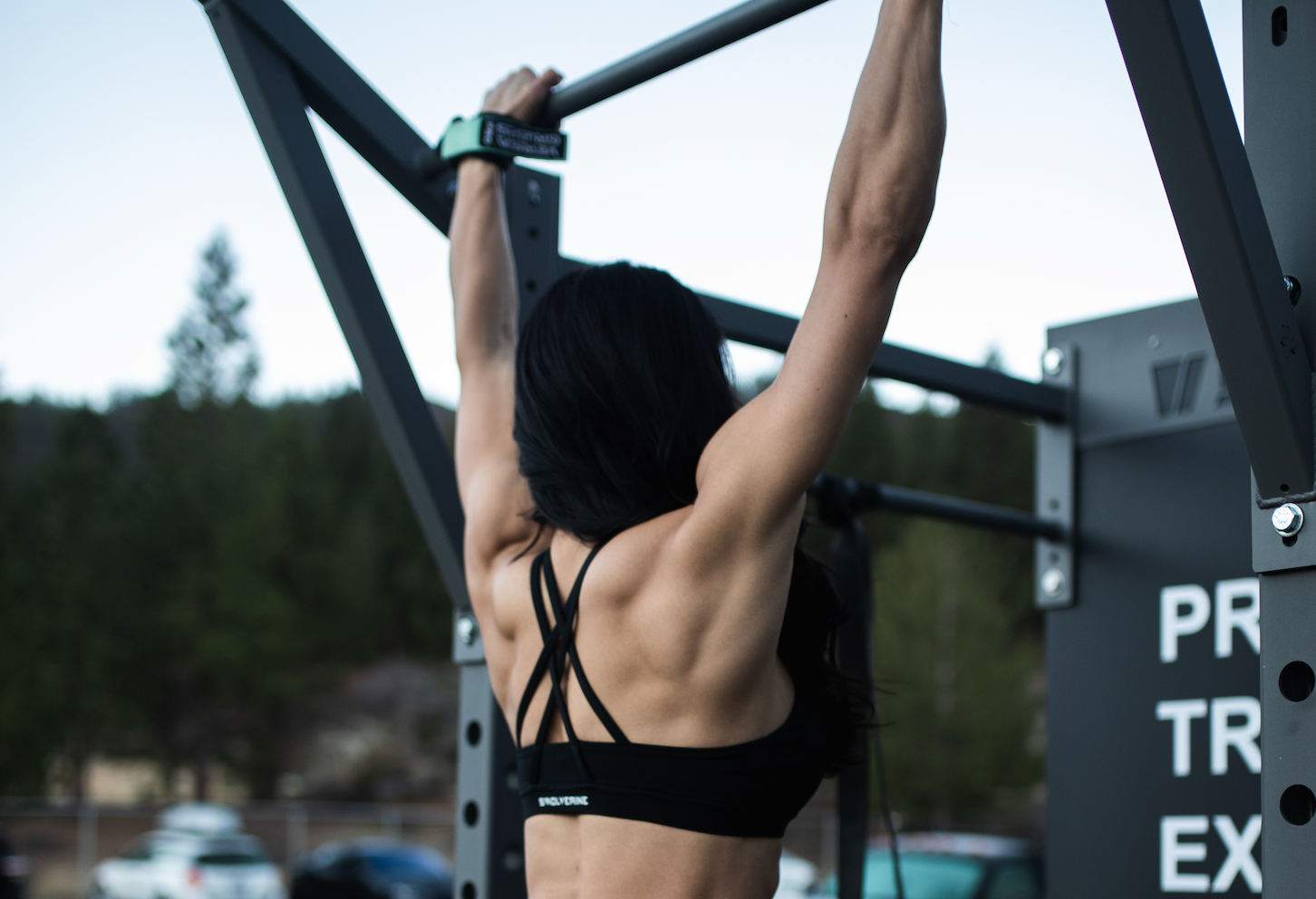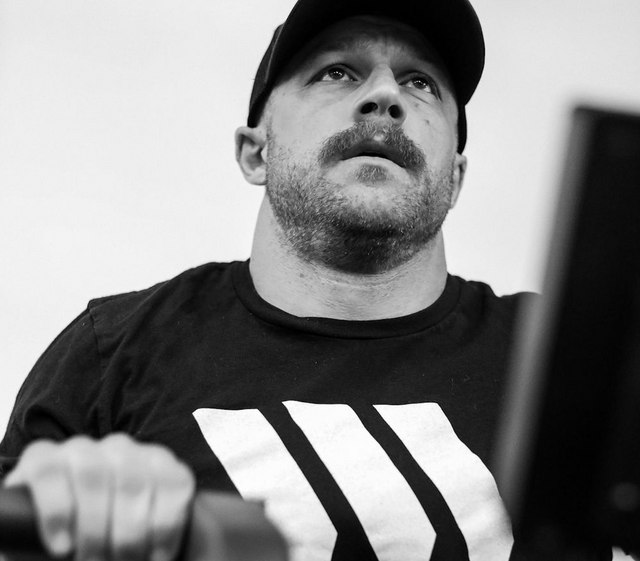Are you ready to take your strength training to the next level? Mastering your pull day is essential for building impressive back and biceps strength that not only enhances your physique but also improves overall performance. Whether you're a seasoned lifter or just starting your fitness journey, focusing on the right exercises can drastically transform your workouts.
In this article, we’ll explore the top exercises that effectively target those crucial muscle groups, from classic pull-ups to innovative rowing variations. You'll learn how to incorporate these movements into your routine for maximum gains as we break down techniques, tips, and strategies that not only expand your arsenal but also ensure you’re executing each exercise safely and effectively.
Join us as we delve into the world of back and biceps training, and take the first step towards masterful pull days that fuel your strength goals!
Understanding the Importance of Pull Day Workouts
Pull day workouts are a fundamental component of any well-rounded strength training program. These sessions focus on pulling motions, which engage the back, biceps, and forearms — essential for both aesthetics and functional strength.
By dedicating a training day to pulling exercises, you improve:
-
Muscle balance
-
Posture
-
Upper-body strength
-
Injury prevention
Pulling movements simulate real-life actions like lifting, carrying, and rowing. Training these muscles helps build a physique that’s both strong and structurally sound.
Key Benefits of Pull Day:
-
Trains large upper-body muscle groups (lats, traps, rhomboids, biceps)
-
Enhances posture and spinal alignment
-
Builds support for compound lifts like squats and deadlifts
-
Increases performance in sports and daily life
Anatomy of the Back and Biceps
Back Muscles:
-
Latissimus Dorsi (Lats): Large muscles on the sides of the back; responsible for pulling the arms downward and backward. Crucial for V-taper aesthetics.
-
Rhomboids: Located between the shoulder blades; retract the scapulae and support shoulder health.
-
Trapezius (Traps): Span from the neck across the shoulders and upper back. Upper traps assist in shrugging; lower traps support scapular movement and posture.
Biceps Muscles:
-
Biceps Brachii: Located on the front of the upper arm, composed of two heads (short and long). Functions include elbow flexion and forearm supination.
-
Brachialis and Brachioradialis: Assist the biceps in elbow flexion and add size and strength to the upper arm and forearm.
Understanding these muscles allows for more intentional training and better exercise selection, especially when programming for hypertrophy and strength.
Essential Warm-Up Exercises for Pull Day
Warming up prepares your body for training by increasing blood flow, joint mobility, and muscle activation — reducing the risk of injury and improving workout quality.
1. Dynamic Arm Circles
-
Stand with arms extended out to the sides
-
Make small, then larger circles (30 seconds each direction)
-
Increases blood flow to the shoulders and upper back
2. Cat-Cow Stretch
-
Start on all fours
-
Inhale: arch the back and lift the chest (cow)
-
Exhale: round the spine and tuck the chin (cat)
-
Repeat for 1–2 minutes to mobilize the spine
3. Band Pull-Aparts
-
Hold a resistance band at shoulder height
-
Pull the band apart by squeezing shoulder blades together
-
Perform 2–3 sets of 15–20 reps
-
Activates the rhomboids, rear delts, and traps
Top Exercises for Back Strength
Building a strong back requires targeting both horizontal and vertical pulling patterns, using a mix of bodyweight, free weights, and cable machines.
1. Lat Pulldown
-
Primary muscles: Lats, rhomboids, traps, biceps
-
Grip the bar slightly wider than shoulder-width
-
Pull until your chin clears the bar
-
Control the descent to full extension
2. Bent-Over Pendlay Rows
-
Targets: Middle and upper back, lats, traps, and biceps
-
Keep the back flat, hinge at the hips
-
Row the bar to your lower ribcage
-
Focus on scapular retraction
3. Deadlifts
-
Engages: Entire posterior chain (lower back, glutes, hamstrings, traps)
-
Start with feet hip-width apart and a firm grip on the bar
-
Maintain a neutral spine as you lift
-
Lower with control to avoid strain
These compound lifts lay the foundation of a strong, muscular, and injury-resistant back.
Best Exercises for Biceps Development
To build strong, well-defined biceps, a blend of compound and isolation exercises is essential. These movements target the biceps brachii, brachialis, and brachioradialis — all of which contribute to arm size, strength, and shape.
1. Dumbbell Curl
A foundational movement that allows for progressive overload, targeting the short and long heads of the biceps.
“Barbell curls produced high EMG activity across the biceps brachii, particularly under controlled form.” — Schoenfeld BJ, Journal of Strength and Conditioning Research
2. Hammer Curl
Emphasizes the brachialis, which lies beneath the biceps and can push the muscle upward for greater thickness.
“The brachialis plays a significant role in elbow flexion and contributes to upper arm size independently of the biceps.” — Kawakami Y, European Journal of Applied Physiology
3. Concentration Curl
Excellent for improving the mind-muscle connection and achieving a peak contraction in the biceps.
“Concentration curls maximized biceps brachii activation in EMG comparisons with other curl variations.” — Schoenfeld BJ, JSCR
Combining Compound and Isolation Movements
For optimal results, structure your pull day around compound lifts followed by isolation movements.
“Heavy compound exercises promote motor unit recruitment and functional strength, while isolation lifts target hypertrophy through muscle-specific fatigue.” — Gentil P, Sports Medicine
Compound Exercises: Pull-ups, deadlifts, bent-over rows
Isolation Movements: Barbell curls, hammer curls, preacher curls
This combination stimulates large muscle groups first, then hones in on targeted hypertrophy, ensuring well-rounded development.
Sample Pull Day Workout Routine
| Exercise | Sets | Reps |
|---|---|---|
| Pull-Ups | 4 | 8–10 |
| Bent-Over Rows | 4 | 10–12 |
| Deadlifts | 4 | 6–8 |
| Barbell Bicep Curls | 3 | 12–15 |
| Hammer Curls | 3 | 12–15 |
| Concentration Curls | 3 | 12–15 ea arm |
This structure balances mass-building compound movements with arm-shaping isolation work. Rest 60–90 seconds between sets, and aim to control both concentric and eccentric phases.
Tips for Proper Form and Technique
-
Use full range of motion for maximum recruitment
-
Engage your core to stabilize the spine
-
Control the tempo — 2 seconds up, 3 seconds down
-
Avoid swinging or using momentum to isolate effectively
-
Focus on mind-muscle connection
“Mind-muscle connection has been shown to significantly enhance muscle activation during resistance training.” — Calatayud J, Journal of Sports Science & Medicine
Common Mistakes to Avoid on Pull Day
-
Skipping warm-up or mobility prep
-
Using poor form under fatigue or ego lifting
-
Overtraining biceps with too much volume
-
Neglecting progressive overload or tracking lifts
-
Not balancing pull day with adequate push/leg work
“Inadequate rest, excessive frequency, and poor recovery are common contributors to strength plateaus and joint pain.” — Kraemer WJ, Medicine & Science in Sports & Exercise
Conclusion & Next Steps
Mastering your biceps training isn’t just about curls — it’s about strategy, variation, recovery, and consistent progression. Combining pull-focused compound lifts with scientifically validated isolation work builds not only size and shape but also functional strength.
What to do next:
-
Pair this with your leg and push day for a complete weekly program
-
Use progressive overload and log each session
-
Integrate recovery and nutrition to support your muscle-building goals







